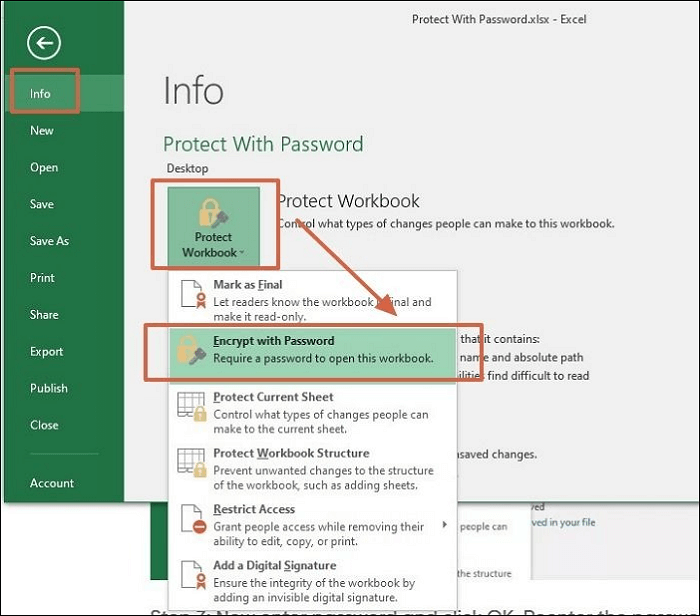5 Proven Ways to Safeguard Your Excel Sheets

In today's data-driven world, Excel is more than just a spreadsheet tool; it's a crucial part of countless business operations, financial analyses, and personal data management. However, with great utility comes great responsibility to protect the sensitive information stored within. This blog post will delve into 5 proven methods to safeguard your Excel sheets, ensuring that your data remains secure, confidential, and intact.
1. Setting Up Passwords

The first line of defense for your Excel workbook should always be a strong password. Here’s how to apply it:
- Open the workbook you want to protect.
- Click on File > Info > Protect Workbook > Encrypt with Password.
- Enter a robust password (mix of numbers, letters, and special characters).
- Retype your password to confirm.
💡 Note: Remember to store your password safely. If forgotten, you won't be able to access your Excel file without specialized recovery tools.
2. Protecting Individual Sheets


Beyond securing the entire workbook, you can safeguard individual sheets to control what can be edited. Follow these steps:
- Right-click the tab of the sheet you want to protect.
- Choose Protect Sheet.
- Set a password, and customize what users can do, like inserting rows or changing formats.
⚠️ Note: Users with enough Excel experience might bypass sheet-level protections if they know the workbook password.
3. Using Read-Only Mode

Sometimes, you just need to distribute your Excel files for viewing, not editing. Here’s how to share in read-only mode:
- Save your workbook normally.
- Right-click on the file, choose Properties, and click on the General tab.
- Check the ‘Read-only’ attribute before sharing.
This method ensures that recipients can see the data but can't make any changes to the file itself.
4. Implementing Cell Locking


To control the editing rights down to the cell level:
- Select cells or a range of cells you want to lock.
- Right-click and choose Format Cells.
- In the Protection tab, check ‘Locked’ and ‘Hidden’ as needed.
- Locking a cell ensures it can’t be edited when sheet protection is enabled, while ‘Hidden’ hides the formula used.
💾 Note: Remember, you must protect the sheet for these settings to take effect.
5. Tracking Changes

To maintain a history of who edited what in your Excel sheets:
- Go to Review > Track Changes > Highlight Changes.
- Set your preferences for tracking, such as which changes to track, how often to save, and where to keep the log.
This feature helps in auditing, verifying, and if needed, reverting changes made to the file.
| Feature | Description | Best Use Case |
|---|---|---|
| Password Encryption | Lock the entire workbook. | Confidential documents, financial reports. |
| Sheet Protection | Protect specific sheets from editing. | Data integrity, controlling user access. |
| Read-Only Mode | Share files without allowing edits. | When sharing sensitive or completed documents. |
| Cell Locking | Restrict editing to specific cells. | Protecting formulas, controlling data input. |
| Change Tracking | Keep track of edits and revisions. | Collaborative work, version control. |

By implementing these strategies, you can safeguard your Excel documents against unauthorized access, maintain data integrity, and track modifications effectively. Ensuring the security of your spreadsheets is essential in maintaining trust and confidentiality, which are key to professional data management.
What’s the difference between sheet protection and workbook protection?

+
Sheet protection locks individual sheets to control user edits on specific sheets, while workbook protection encrypts the whole workbook to prevent access without a password.
How often should I update my Excel protection settings?

+
It’s advisable to review and possibly update your protection settings whenever there’s a change in personnel or data sensitivity, or at least annually.
Can tracking changes interfere with performance?

+
Yes, if left on indefinitely, it can slow down the workbook as it logs extensive history. Consider using it selectively or archiving logs periodically.



